Overview
Visphotam, or folliculitis, is a skin condition that occurs when hair follicles become inflamed due to bacterial or fungal infections, irritation, or blockage. It commonly appears as small red bumps or pustules around hair follicles, accompanied by itching, pain, or tenderness. Common causes include shaving, tight clothing, excessive sweating, or skin injuries. Visphotam can affect any part of the body with hair follicles. It is important to treat folliculitis promptly to prevent complications and spread of infection. Ayurvedic treatments focus on reducing inflammation, promoting healing, and balancing the doshas to address the underlying causes of folliculitis.
Symptoms
Folliculitis typically presents as small red bumps or pustules around hair follicles. The affected area may be itchy, painful, or tender. The bumps can become filled with pus and may burst, forming crusts. In some cases, there may be surrounding redness and swelling. Symptoms may worsen with friction or shaving in the affected area. Severe cases of folliculitis can lead to larger, painful boils or carbuncles. It is important to seek medical attention if symptoms persist, worsen, or if there are signs of spreading infection such as fever or swollen lymph nodes.
Risk Factors
Risk factors for folliculitis include compromised immune system, skin injuries, excessive sweating, poor hygiene, tight clothing, or shaving practices.
Types
Folliculitis can manifest in various forms, including superficial or deep folliculitis, hot tub folliculitis, barber’s itch, or pseudofolliculitis barbae (razor bumps).
Causes
Folliculitis can be caused by bacterial or fungal infections, most commonly Staphylococcus aureus. Other causes include skin injuries, irritants, excessive sweating, tight clothing, or shaving. Poor hygiene, compromised immune system, or pre-existing skin conditions like acne or dermatitis can increase the risk. Hot tub folliculitis is caused by Pseudomonas aeruginosa bacteria in contaminated water. Certain medications or prolonged use of antibiotics can also disrupt the natural balance of skin flora and contribute to folliculitis. Understanding the underlying cause is important for effective treatment and prevention of recurrence.
Diagnosis & Treatment
In the field of Ayurveda, the diagnosis of Visphotam (Folliculitis) involves a comprehensive assessment of the individual’s symptoms, medical history, and examination of the affected area. Ayurvedic physicians utilize their expertise in pulse diagnosis (Nadi Pariksha) and observation of bodily signs to understand the underlying imbalances and determine the most suitable treatment approach.
The Ayurvedic treatment for Visphotam focuses on addressing the root causes, reducing inflammation, eliminating infection, promoting healing, and restoring the body’s balance. The approach is holistic and tailored to the individual’s unique constitution (Prakriti) and the severity of the condition.
External treatments play a crucial role in managing Visphotam. Warm compresses or fomentation with medicated decoctions or oils can provide relief by reducing inflammation and promoting the drainage of pus. Medicated baths using herbal formulations help cleanse the affected area and support healing.
Topical applications of herbal pastes or ointments, containing ingredients like neem (Azadirachta indica), turmeric (Curcuma longa), and aloe vera (Aloe barbadensis), are commonly used to soothe the skin, reduce redness, and combat infection.
Internal medications are prescribed to address the underlying causes of folliculitis. Herbal formulations with antibacterial, antifungal, and anti-inflammatory properties are administered to boost the body’s immune response, purify the blood, and eliminate toxins. The selection and dosage of medicines are specific to the individual and depend on their unique constitution and the doshas involved.
In severe cases of Visphotam, Ayurvedic therapies like Panchakarma may be recommended. Panchakarma, which includes therapies like Vamana (therapeutic vomiting) and Rakta Mokshana (blood purification), helps eliminate deep-seated toxins from the body and restore balance.
Alongside the treatments, Ayurveda emphasizes the importance of dietary and lifestyle modifications. A light and easily digestible vegetarian diet is recommended, with an emphasis on fresh fruits, vegetables, and whole grains. It is advised to avoid foods known to increase inflammation and aggravate the doshas.
Incorporating stress management techniques, such as Yoga asanas, pranayama (breathing exercises), and meditation, can also be beneficial in reducing stress levels and promoting overall well-being.
It is important to consult a qualified Ayurvedic practitioner for an accurate diagnosis and personalized treatment plan for Visphotam. The practitioner will consider the individual’s unique constitution, severity of the condition, and other factors to provide effective and safe treatment.
Reference books:Charaka Samhita, Sushruta Samhita, Ashtanga Hridaya

